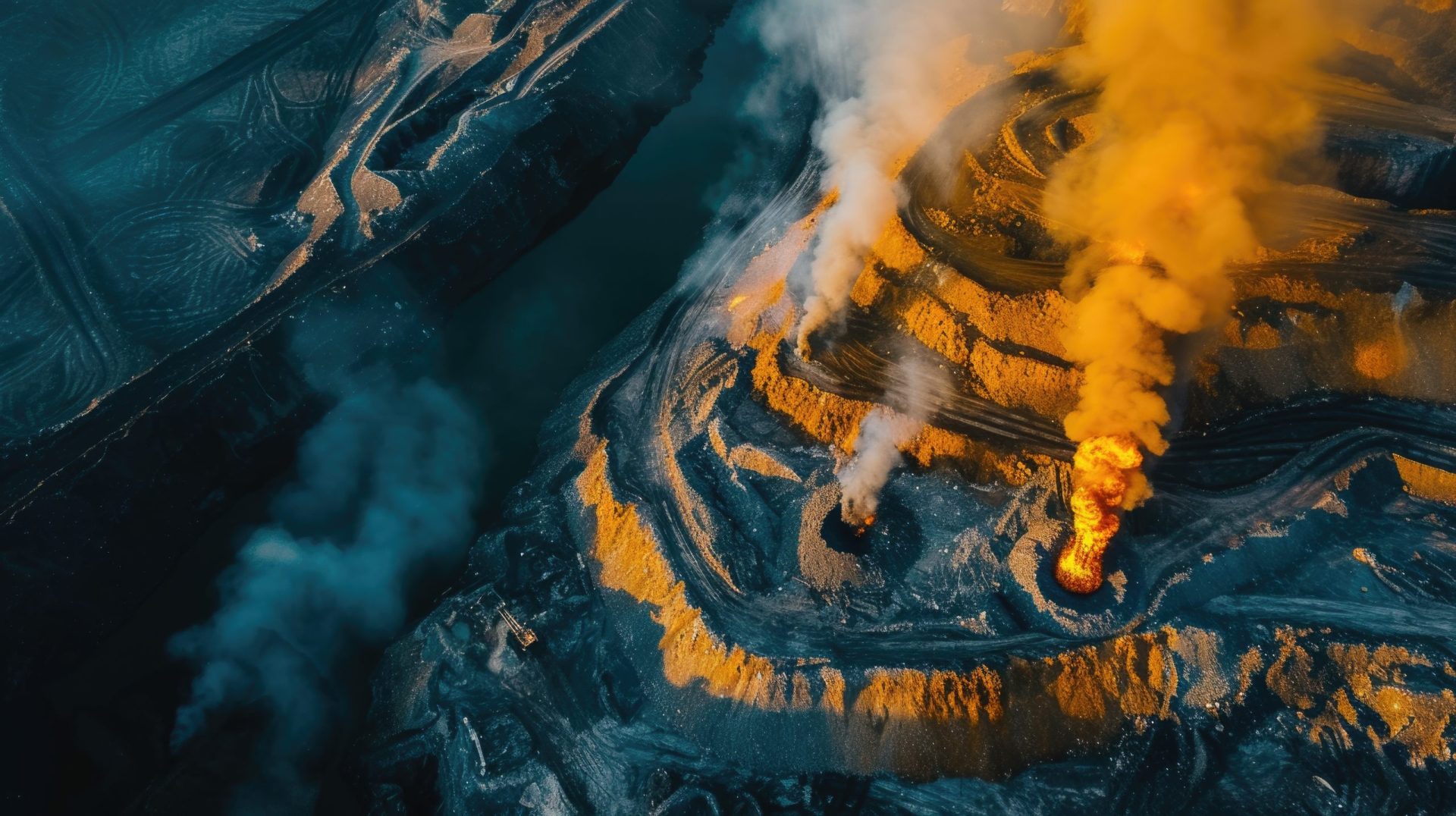
For hundreds of years, the world’s minerals have been mined from near-surface deposits. However, no major new near-surface deposits have been discovered in recent years, while the high demand continues for many minerals that are essential for our economic security and necessary to enable the transition to a low-carbon economy.
To better identify new ore deposits, Crystal Laflamme, a professor of geology and geological engineering at Université Laval, is focusing on new exploration methods that involve studying how deep deposits are formed. The goal is to more precisely target potentially exploitable deposits. Since these deposits are often found in very remote locations, and drilling is required even before it is known whether they contain sufficient material to be extracted, industries are keen to save time and reduce the financial risk inherent in this type of deposit.
To achieve this, Professor Laflamme and her team used sulphur, one of the fluids that transport precious and critical metals in the earth’s crust (including gold) and precipitate them in “traps” that can then be mined. The scientists wanted to understand the processes and reactions that control these movements in the earth’s crust and concentrate the metals. They first characterized the chemical reaction that takes place kilometres deep in the crust, releasing sulfur to form sulfide-rich deposits. The fluid-rock reactions are studied using sulphur isotopes and are then compared to those of surface deposits. This signature can be used to identify promising deposits.
The scientists are currently pursuing their research in collaboration with the Ministry of Natural Resources and major players in the mining industry, to characterize the isotopic signature of sulphur leading to potentially exploitable deposits of gold and other critical minerals.
Reference: Herzog, M., LaFlamme, C., Beaudoin, G., Barré, G., Martin, L. and ·Savard, D. “Fluid‑rock sulfidation reactions control Au‑Ag‑Te‑Bi precipitation in the Val‑d’Or orogenic gold vein field (Abitibi subprovince, Canada)”. Springer Publishing, Mineralium Deposita, February 2024. DOI:10.1007/s00126-024-01247-6
